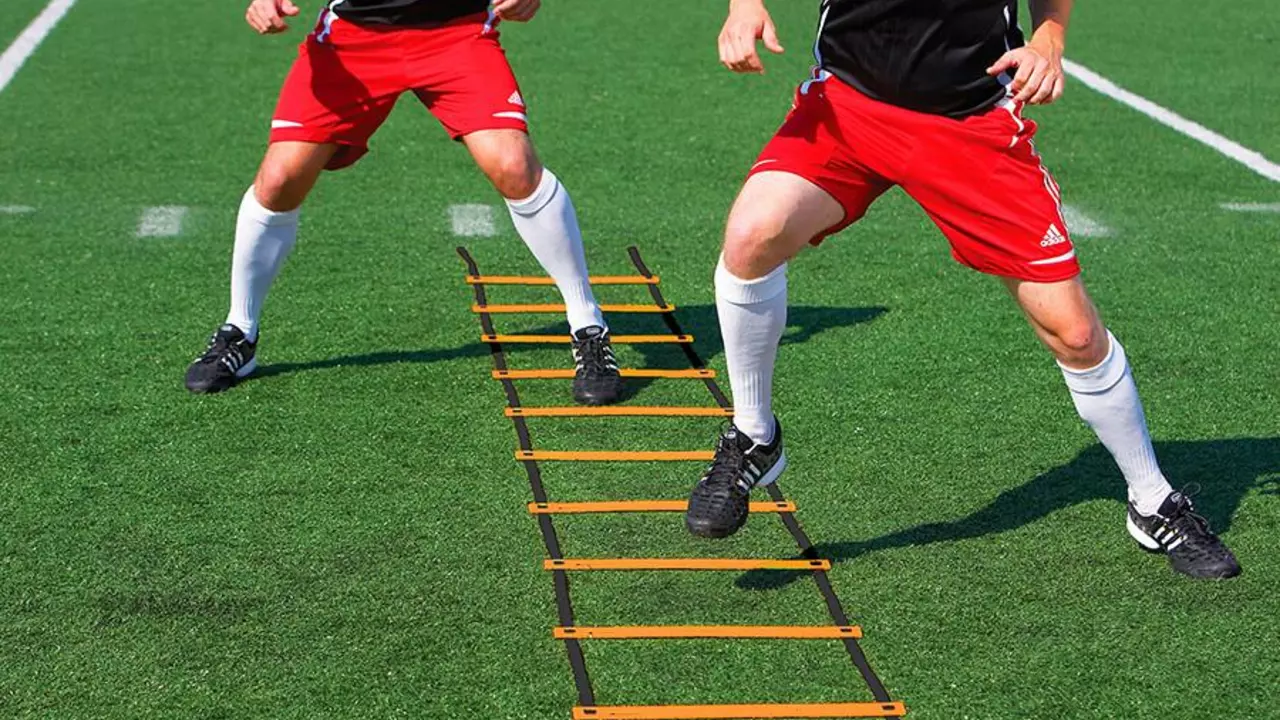d/l method – Quick Guide & Tips for Easy Downloads
If you’ve ever typed "d/l" in a forum or seen it in a video title, you know it’s shorthand for "download." But the d/l method is more than just an abbreviation – it’s a set of simple steps that let you grab files quickly and safely. In this guide we’ll break down the basics, show you common pitfalls, and give you a handful of shortcuts you can start using right now.
What the d/l method actually means
At its core the d/l method is a three‑step process: locate, verify, and retrieve. First, you find the file you want – whether it’s a match replay, a player highlight, or a training drill PDF. Next, you verify the source. A quick glance at the URL, checking for HTTPS, and reading user comments can save you from malware. Finally, you retrieve the file using a reliable download manager or the browser’s built‑in downloader.
People often skip the verification step because they’re in a hurry, but that’s where most security issues start. By taking a few seconds to confirm the link, you protect your device and keep your personal data safe.
How to use the d/l method when you’re hunting soccer content
Stallion Soccer Stars posts a lot of video analysis, match stats, and player interviews. Most of those resources are hosted on YouTube, Vimeo, or club‑official sites. Here’s a quick checklist you can follow:
- Locate: Use our site’s search bar or the tag “d/l method” to pull up the latest download‑ready files.
- Verify: Look for the padlock icon in the address bar, read the description for any warnings, and check the file size – absurdly tiny or huge files are a red flag.
- Retrieve: Click the download button, or copy the link into a trusted manager like JDownloader. If you’re using a mobile device, a reputable app such as Free Download Manager works well.
Following these steps means you’ll spend less time troubleshooting broken files and more time watching the game.
Another handy tip is to set up a dedicated download folder. That way every file you pull using the d/l method lands in the same place, making it easy to organize by match date or player name. You can even rename files on the fly – “Messi_Goal_Qatar2022.mp4” is far more searchable than a random string of numbers.
For power users, enabling “auto‑rename” in your downloader can save you the manual renaming step. Just set a naming pattern that includes the video title and date, and the software does the rest.
Remember, the d/l method works best when your internet connection is stable. If you notice slow speeds, pause other streaming services and try again. Most modern browsers will automatically resume a broken download, but it’s still worth checking the partial file before you start a new one.
Finally, keep an eye on legal considerations. Some content is free to share, while other files might be protected by copyright. If a page explicitly says “for personal use only,” respect that. The d/l method is a tool – it’s up to you to use it responsibly.
With these practical steps, the d/l method becomes second nature. Whether you’re grabbing a historic World Cup replay or a new tactical breakdown, you’ll be able to do it fast, safe, and without the usual hassle. Happy downloading!
